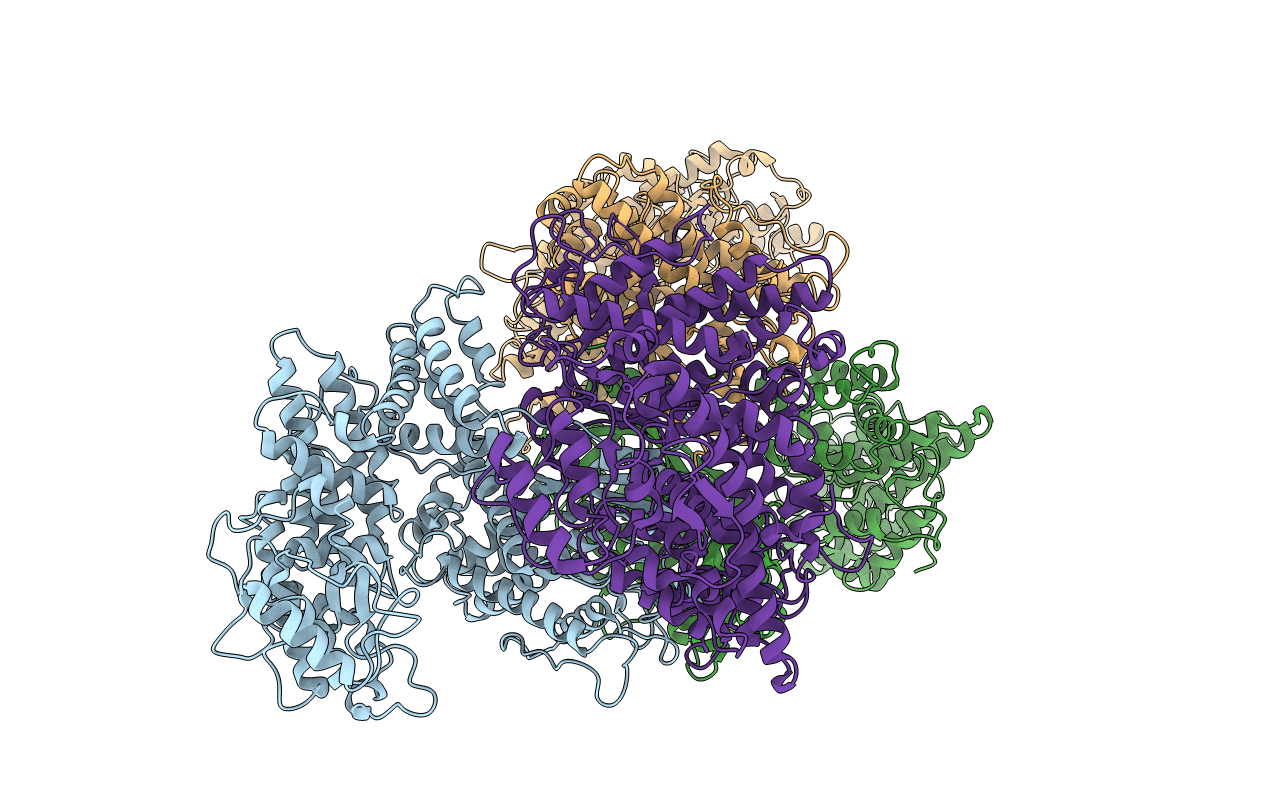
Deposition Date
2020-12-29
Release Date
2022-06-29
Last Version Date
2023-11-29
Entry Detail
Biological Source:
Source Organism:
Streptomyces yokosukanensis (Taxon ID: 67386)
Host Organism:
Method Details:
Experimental Method:
Resolution:
3.42 Å
R-Value Free:
0.26
R-Value Work:
0.21
R-Value Observed:
0.21
Space Group:
P 21 21 21


